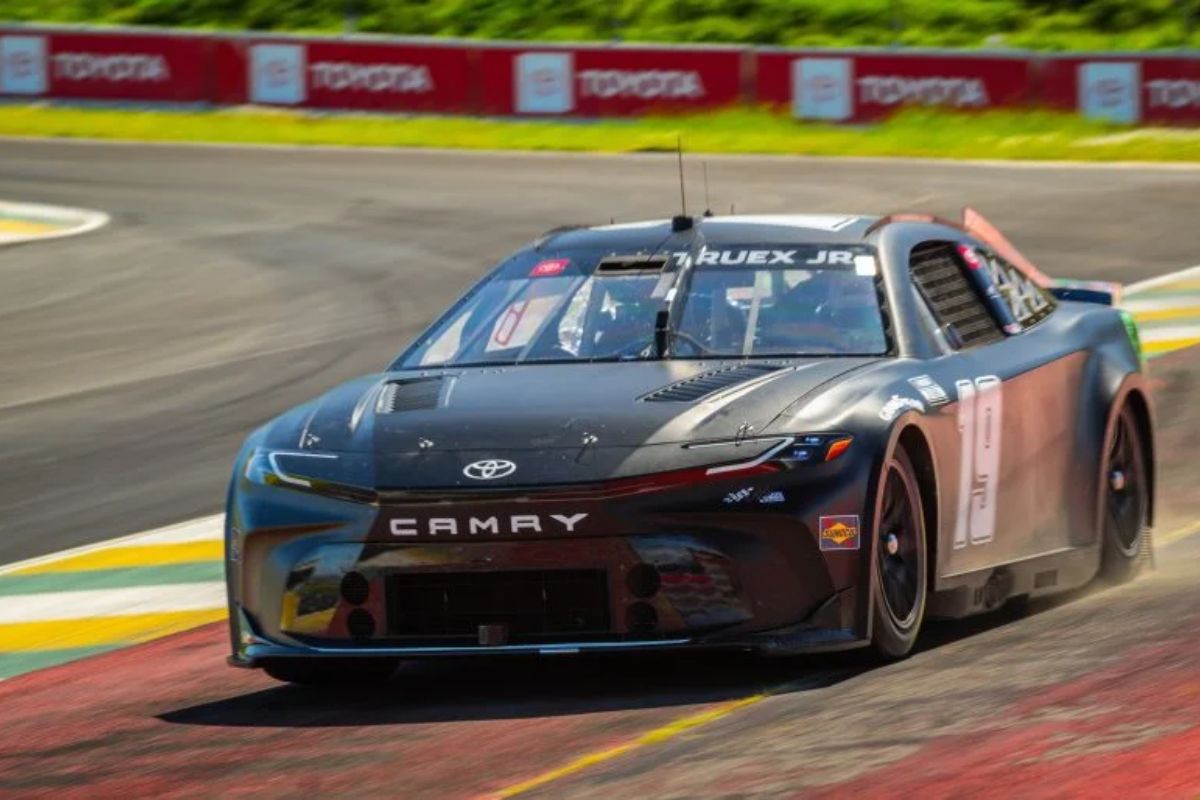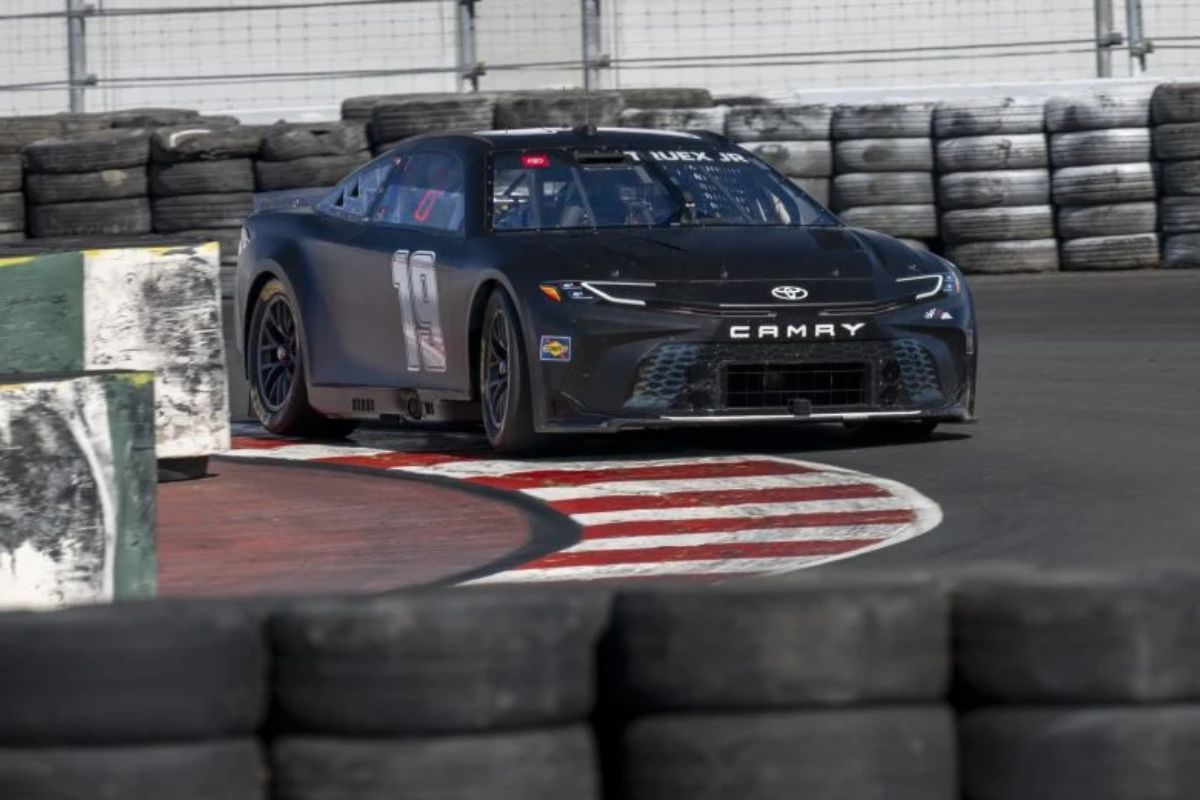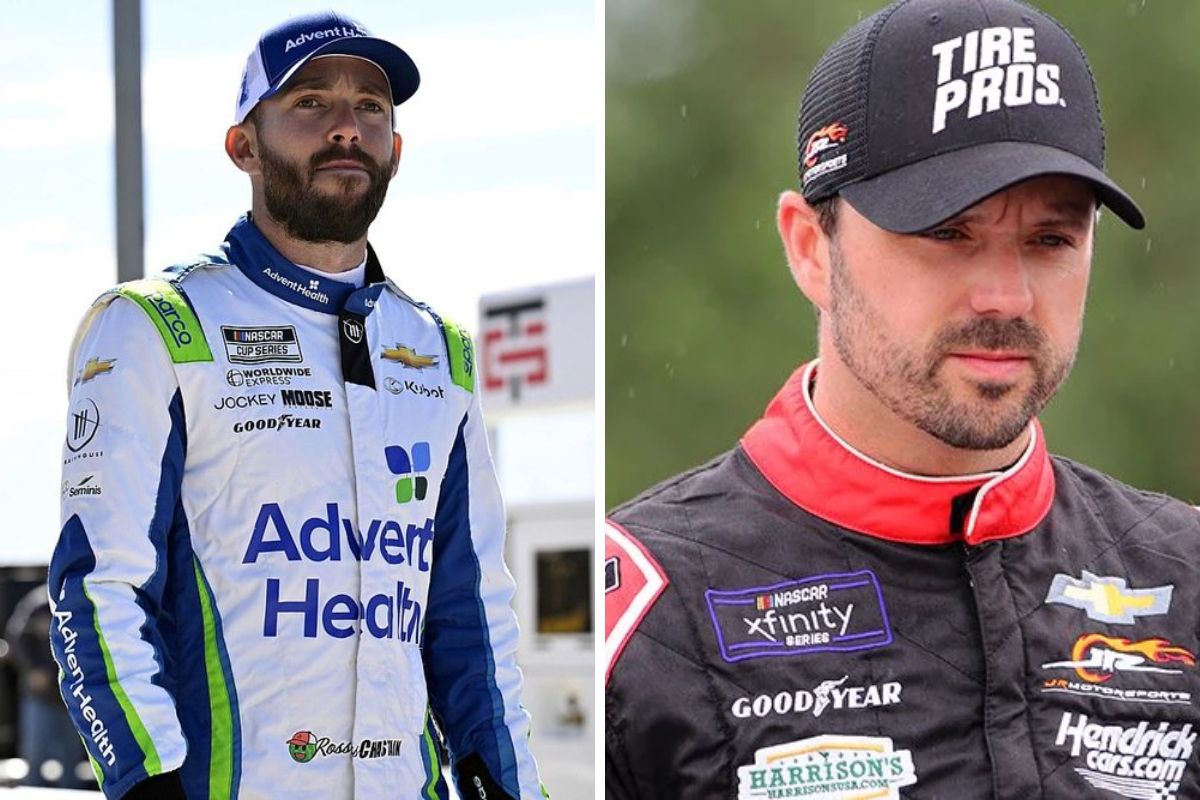Ross Chastain and Josh Berry Analyze Sonoma Tire Test: Ross Chastain and Josh Berry’s insights into the Sonoma tire test highlight the significant impact of Sonoma Raceway’s first repavement in 23 years. Their analysis emphasizes the challenges posed by tire falloff on the new asphalt surface, stressing adaptability as vital for optimizing race strategy. Both drivers praise the enhanced grip and overall track improvements, indicating a positive evaluation of the repavement project. Key to success on this updated surface are technical adjustments in tire management and gear selection, balancing aggression with conservation to capitalize on the grip for faster lap times. Mastery of these aspects provides a pathway to excel in upcoming races, suggesting a substantive shift in competition dynamics.
Key Takeaways
- Chastain and Berry emphasized the challenge of tire falloff on Sonoma’s new surface.
- The repaved track’s enhanced grip significantly impacts tire management strategies.
- Adapting driving styles to the improved grip and tire behavior is crucial for success.
- Understanding the new asphalt’s effects on tires is key for optimizing race strategy.
- Positive feedback on the track’s grip and overall improvements suggests a shift in race dynamics.
Sonoma Raceway Undergoes Repavement with New Asphalt Surface
After enduring two decades of wear and tear, Sonoma Raceway recently embraced a new era with its first repavement in 23 years, introducing a fresh asphalt surface that promises to redefine the driving dynamics at the iconic road course. This significant renovation marks a critical moment in the history of the track, known for hosting the Toyota/Save Mart 350 race among other prestigious motorsports events. The introduction of new asphalt is not merely a cosmetic upgrade but a strategic overhaul aimed at enhancing the competitive landscape of races held at this revered venue.
The decision to repave Sonoma Raceway was predicated on numerous factors, including the natural degradation of the previous surface, which, over the years, had become synonymous with challenging driving conditions due to its worn texture and diminished grip levels. The fresh layer of asphalt, meticulously chosen and applied, heralds a shift towards improved performance and safety for drivers, offering a smoother surface with potentially greater grip. This change, however, is not without its intricacies.
For competitors, the new surface represents a thorough reassessment of strategies. Drivers and their teams will need to navigate the variations of the revamped track, balancing the quest for speed with the imperative of tire preservation. The repaved surface may alter braking zones, cornering speeds, and tire wear rates, necessitating a complete reassessment of racing tactics.
In essence, Sonoma Raceway’s recent repavement is a transformative development that highlights the raceway’s commitment to maintaining its status as a premier road racing venue. This investment in infrastructure sets the stage for a new chapter in the raceway’s storied legacy, promising to deliver an elevated racing experience for drivers and fans equally.

NASCAR Drivers Share Insights from Goodyear Tire Test
Reflecting on the important repavement of Sonoma Raceway, NASCAR drivers Ross Chastain and Josh Berry recently shared their valuable insights during a Goodyear tire test on the new surface. Their feedback is vital for understanding the intricacies of the track’s behavior post-repavement and how it influences tire performance, a key component in race strategy and vehicle handling.
Chastain’s observations on tire falloff highlight the nuanced challenge drivers will face. Tire falloff, a measure of how quickly tires lose grip and performance over time, is a critical factor in race strategy. Chastain’s emphasis on the increased rate of grip loss on the new surface suggests that drivers will need to adapt their driving styles and strategies to manage tire wear more effectively. This includes making crucial decisions on pit stops and tire changes, which could significantly impact their position and performance in the race.
Berry’s feedback complements this analysis by further elucidating the need for adaptability on the track. The repaved surface presents a new variable that teams must account for in their pre-race preparations and real-time decision-making. Understanding how the tires interact with the new asphalt, concerning grip and wear, will be essential for optimizing race strategy and vehicle setup.
“I saw some (tire) falloff; actually, more than I thought. Part of it was my sloppy driving on my part; just being a little too greedy. But we had definite grip loss in the car. And it showed in lap time.” – (ross)
Ross Chastain and Josh Berry Commend Sonoma’s New Surface
Despite the challenges presented by the repavement of Sonoma Raceway, Ross Chastain and Josh Berry have expressed their approval of the new surface, highlighting its enhanced grip and the track’s overall improvements. Their praises come after a detailed evaluation during a recent tire test, providing a unique insight into the modifications that have been made to the track’s surface.
Chastain specifically noted the increased grip offered by the new pavement, a critical factor for performance in motorsports where the interface between tire and track surface can dictate the outcome of a race. The improved grip not only suggests a potential for faster lap times but also indicates a surface that might wear tires less aggressively, possibly altering race strategies.
Berry’s observations complement Chastain’s, focusing on the overall improvements to the track when compared to previous years. This viewpoint is invaluable, considering Berry’s experience and understanding of how subtle changes in a track’s surface can affect the dynamics of a race car. Such improvements likely extend beyond mere grip, possibly including enhancements to track drainage, smoothness, and even safety features.
The positive feedback from Chastain and Berry highlights the success of the repavement project from a driver’s perspective. Their insights suggest that the changes may not only affect individual lap times but could also influence the overall race strategy, from tire selection to pit stop timing. The enhanced grip and overall improvements mark a significant update to Sonoma Raceway, one that drivers and teams will carefully analyze to master the new challenges presented by the updated surface.
“I think they did a really good job. Obviously, it’s a lot different than — I’ve only been here once before — but a lot different than what we had last year; a lot more grip.” – (josh)

Technical Adjustments for Drivers on Repaved Surface
Traversing the freshly resurfaced track at Sonoma Raceway necessitates drivers to make significant technical adjustments, particularly in the areas of tire management and gear selection, to harness the full potential of the enhanced grip while ensuring minimal wear on the brakes. As articulated by Ross Chastain, the challenge lies not just in adapting to the surface but in mastering the distinct balance between aggression and conservation. The repaved track offers a unique comparison of opportunities and hurdles, with the increased grip presenting a double-edged sword. On one hand, it allows for more aggressive cornering and faster lap times; on the other, it poses a risk of accelerated tire wear and increased brake usage if not navigated with precision.
Chastain’s insights into the technical adjustments highlight a broader strategy that drivers must employ. The focus on optimizing tire grip speaks to a meticulous calculation—drivers must gauge how much they can push their vehicles without crossing the threshold into counterproductive wear. This balancing act extends into gear selection, where the right choices can mitigate the stress on tires and brakes, thereby preserving the car’s competitiveness over the race’s duration.
The resurfaced track at Sonoma, thus, is not just a physical alteration but a catalyst for strategic evolution. Drivers like Chastain are at the forefront of adapting their techniques to meet these new demands, highlighting a dynamic interplay between skill, strategy, and engineering. This adjustment period is crucial, as mastery over these technical variations could very well dictate the success or failure in the races to come.
“We’re in different gears — we’re in second, where we used to be in first; we’re in fifth, where we used to be in fourth. Everything’s kind of up in the air. Everything’s happening fast. Just trying to stay off the brake pedal and trying to let the car roll, use the tire grip for what it is.” – (ross)
Ross Chastain’s Performance and Standings in the NASCAR Cup Series
As Ross Chastain gears up for his fifth race at Sonoma Raceway, his current ninth position in the NASCAR Cup Series standings emphasizes both his steady performance and the challenges ahead in adjusting to the repaved surface. Chastain’s journey in the series showcases a blend of resilience and skill, positioning him as a formidable competitor in the championship race. His adaptability will be tested on Sonoma’s new asphalt, a challenge he is preparing to meet head-on.
Chastain’s experience at Sonoma, coupled with his current standing, highlights a critical period in his season. Sitting in the top ten is no small feat, indicating consistent high-level performance across diverse tracks. However, the repaved Sonoma Raceway presents a unique factor that could disrupt even the most seasoned driver’s rhythm. Chastain’s ability to quickly learn and apply new strategies will be crucial in maneuvering this updated terrain.
Analyzing Chastain’s trajectory in the series, it’s clear that his approach combines analytical rigor with raw talent. His ninth-place standing is not just a reflection of his driving acumen but also of his strategic foresight and the capacity to adapt under pressure. As the series progresses, keeping an eye on Chastain’s performance will offer valuable insights into the interplay between driver skill, vehicle optimization, and track adaptation.

News in Brief
The recent tire test at Sonoma Raceway, following its repavement, provided valuable insights into the performance dynamics of NASCAR vehicles on new asphalt surfaces.
Drivers Ross Chastain and Josh Berry’s observations emphasize the significant impact of surface changes on tire behavior and vehicle handling.
These insights not only contribute to the optimization of technical strategies for competitive performance but also enhance the understanding of asphalt’s effects on racing dynamics, highlighting the critical role of surface conditions in motorsport performance optimization.
Also Read: Ross Chastain’s Sonoma Strategy: Unveiling Track Secrets!

